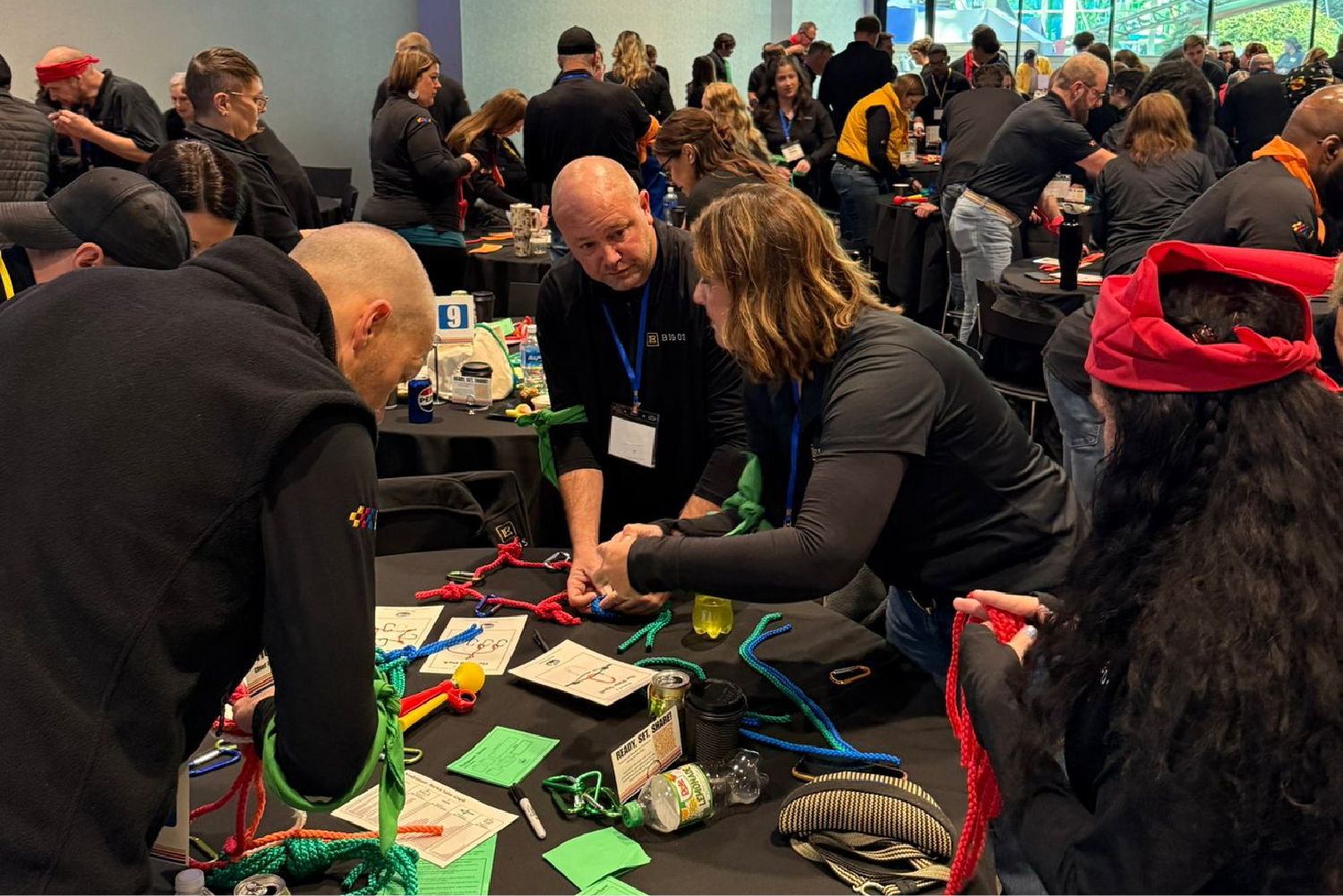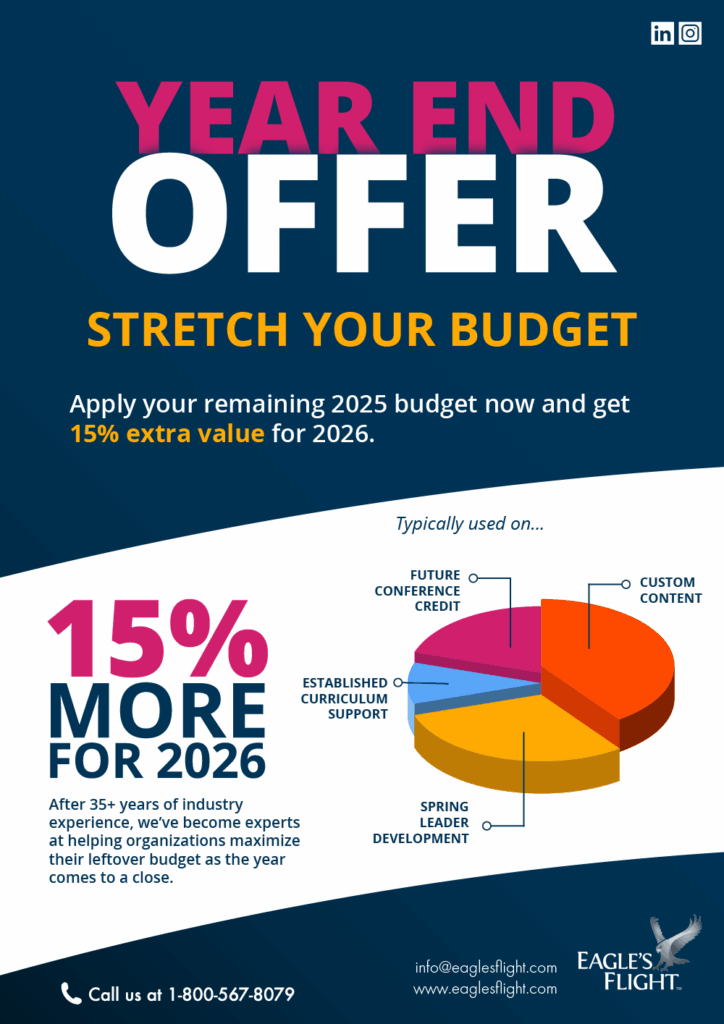Building a Culture Transformation Framework for Your Organization
Culture transformation is essential for organizations looking to stay competitive, adapt to change, and foster a thriving workplace environment. However, the journey requires structure and intentionality. A well-designed culture transformation framework provides the roadmap needed to navigate the complexities of changing behaviors, values, and organizational norms.
In this article, we’ll explore how to build an effective culture transformation framework, highlight its key components, and share strategies to ensure its successful implementation.
What is a Culture Transformation Framework?
A culture transformation framework is a structured approach that guides organizations through the process of reshaping their workplace culture. It aligns organizational values, behaviors, and goals, providing clear steps for achieving sustainable culture change.
By using a framework, organizations can:
- Create alignment between leadership and employees.
- Establish measurable goals for transformation.
- Address culture transformation challenges effectively.
- Ensure long-term success through a strategic, phased approach.
Key Components of a Culture Transformation Framework
To design a framework that drives meaningful change, focus on these essential components:
- Vision and Goals
Begin by defining a clear culture transformation vision that outlines what the organization hopes to achieve. This vision should align with overall business objectives and resonate with employees.
- Example Goal: Foster a collaborative culture to enhance innovation and team performance.
- Assessment and Diagnosis
Conduct a thorough assessment of the current culture to identify strengths, weaknesses, and gaps. Use culture transformation metrics, employee surveys, and focus groups to gather data.
- Tools: Surveys, pulse checks, and feedback platforms.
- Leadership Alignment
Ensure that leadership is fully aligned with the transformation goals. Culture transformation leadership training equips leaders to model the desired behaviors and drive change.
- Focus: Consistency in messaging and actions from top leadership.
- Employee Engagement
Involve employees at every stage of the transformation. Culture transformation workshops and initiatives provide opportunities for employees to contribute ideas and feel invested in the process.
- Key Tip: Create feedback loops to incorporate employee input continuously.
- Action Plan Development
Translate the vision and assessment findings into actionable steps. This plan should include:
- Prioritized initiatives.
- Timelines and milestones.
- Roles and responsibilities.
- Training and Development
Offer training programs to build the skills and knowledge needed to support the transformation. Tailor training to different levels of the organization.
- Example: Leadership training for managers, collaboration training for teams.
- Measurement and Evaluation
Track progress using culture transformation metrics to evaluate the effectiveness of initiatives. Regularly measure engagement, satisfaction, and behavioral changes.
- Metrics to Monitor: Employee retention, collaboration rates, and productivity.
- Sustaining Change
Build mechanisms to sustain culture transformation over time. This includes embedding new practices into policies, processes, and everyday behaviors.
- Strategies: Recognition programs, continuous learning opportunities, and regular updates on progress.
Steps to Build Your Culture Transformation Framework
Step 1: Define the Scope
Clarify what aspects of culture need transformation and set specific goals. For example, is the focus on improving communication, enhancing leadership styles, or fostering inclusivity?
Step 2: Assemble a Core Team
Form a cross-functional team to lead the transformation efforts. This team should include leaders, HR professionals, and employee representatives.
Step 3: Conduct a Culture Audit
Analyze the current state of your culture using surveys, interviews, and metrics. Identify pain points and opportunities for alignment with the desired culture.
Step 4: Develop the Framework
Map out the framework with detailed steps, timelines, and key milestones. Ensure that it’s flexible enough to adapt to unforeseen challenges.
Step 5: Communicate the Plan
Share the framework with the entire organization. Transparency builds trust and ensures employees understand their role in the transformation process.
Step 6: Implement and Iterate
Roll out initiatives in phases, starting with high-impact areas. Regularly collect feedback and make adjustments to keep the transformation on track.
Real-World Example: A Culture Transformation Framework in Action
A global software company sought to create a more innovative and agile culture. Here’s how they used a framework to achieve their goals:
- Vision: Defined a culture transformation vision centered on innovation and agility.
- Assessment: Conducted employee surveys to identify barriers, such as fear of failure and siloed teams.
- Leadership Training: Provided training to help leaders foster a psychologically safe environment.
- Workshops: Hosted workshops to engage employees in co-creating solutions and initiatives.
- Action Plan: Developed initiatives like cross-departmental projects and recognition programs for risk-taking.
- Evaluation: Tracked metrics like employee satisfaction and innovation rates, showing significant improvement within 18 months.
Benefits of a Culture Transformation Framework
A well-designed framework provides numerous benefits:
- Clarity: Defines clear steps and goals, reducing confusion.
- Alignment: Ensures leadership and employees are on the same page.
- Measurability: Tracks progress using data-driven insights.
- Sustainability: Embeds cultural changes into the organization’s foundation for long-term success.
Moving Forward: Build Your Framework Today
Building a culture transformation framework is an investment in your organization’s future. By following the steps outlined above, you can create a roadmap for meaningful and sustainable change that engages employees, aligns leadership, and drives success.
Start by assessing your current culture, defining your vision, and engaging your workforce. With a strong framework in place, your organization will be well-positioned to thrive in an ever-evolving workplace landscape.





